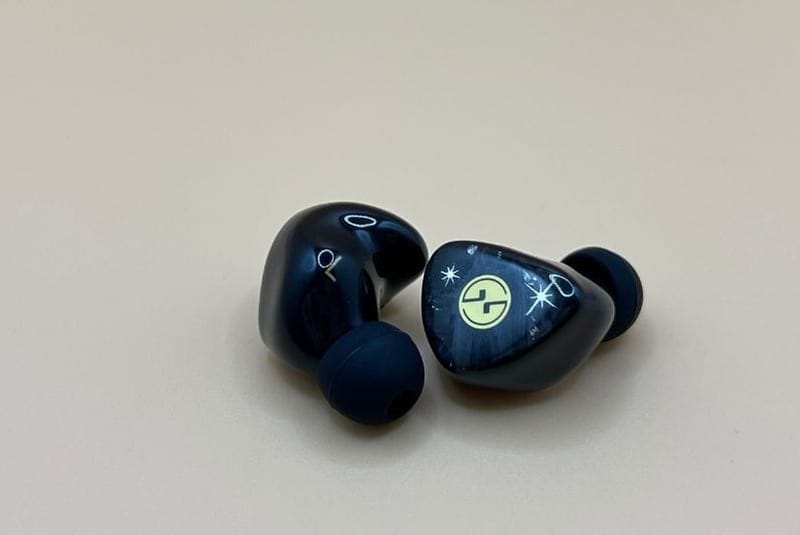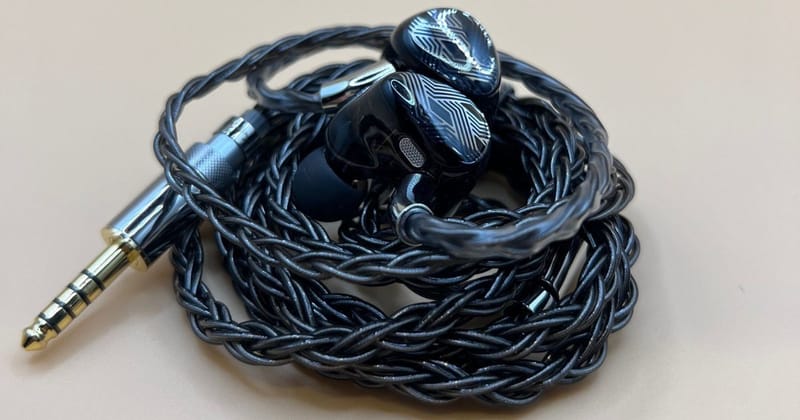TinHiFi T2 MKIII Review: The Evolution of the Original T2
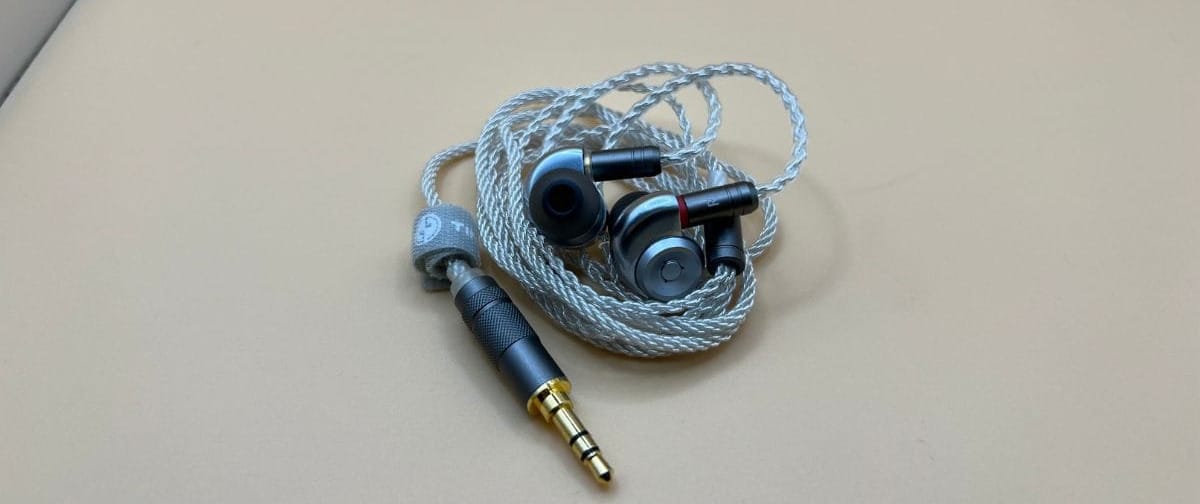
Disclaimer: I received this product in exchange for my honest review. The Metalverse is an independent website, and all opinions expressed are our own with no monetary incentive. We thank the team at TinHiFi for giving us this opportunity.
TinHiFi T2 MKIII
Pros
- Enhanced bass over previous T2 models
- Made of the aerospace aluminum
- Energetic treble response
Cons
- Treble may be a bit harsh for treble-sensitive listeners on certain tracks
- Bass can bleed somewhat into the mids in busy songs
TinHiFi
TinHiFi, formerly known as Tin Audio, launched in 2017 with a mission embedded in its very name. The brand derives from the homophone of "Listen" and "Hi-Fi," reflecting a philosophy centered on actually hearing what users want. Over the past eight years, TinHiFi has built a reputation for incorporating community feedback into product development, creating IEMs that evolve based on real-world listener preferences rather than just engineering specs.
Meet the T2 MKIII
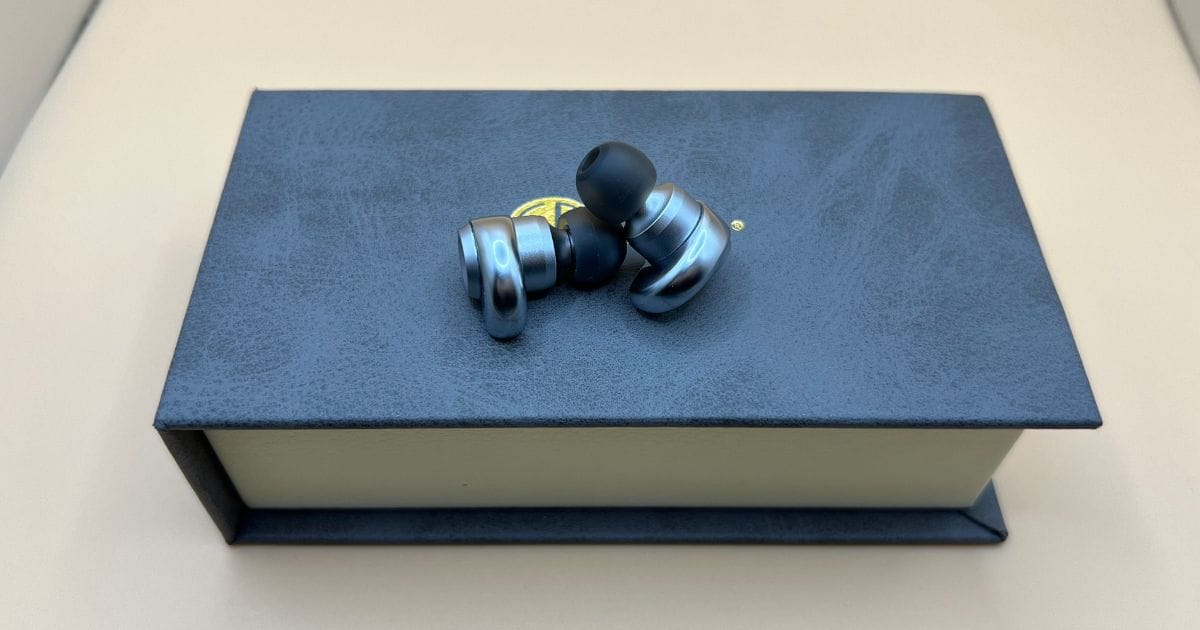
The original T2, released in 2017, became a breakout success in the budget audiophile community. It offered a neutral, reference-style sound signature at an affordable price, earning considerable praise.
The TinHiFi T2 MKIII represents a bold departure from the series' traditionally neutral sound signature. While the original T2 and the MKII iteration focused on analytical, reference-style tuning, the MKIII embraces a more engaging, V-shaped sound profile that caters to modern listening preferences.
At its core, the T2 MKIII features a precisely engineered coaxial dual-dynamic driver setup. A 10mm dynamic driver handles bass frequencies, while a 6mm unit takes care of mids and highs. This coaxial arrangement, where both drivers sit along the same axis, ensures phase coherence and temporal alignment across the frequency spectrum. Electronic crossover technology directs the appropriate frequencies to each driver, resulting in a seamless integration that avoids the disconnected feeling some multi-driver IEMs can exhibit.
Packaging

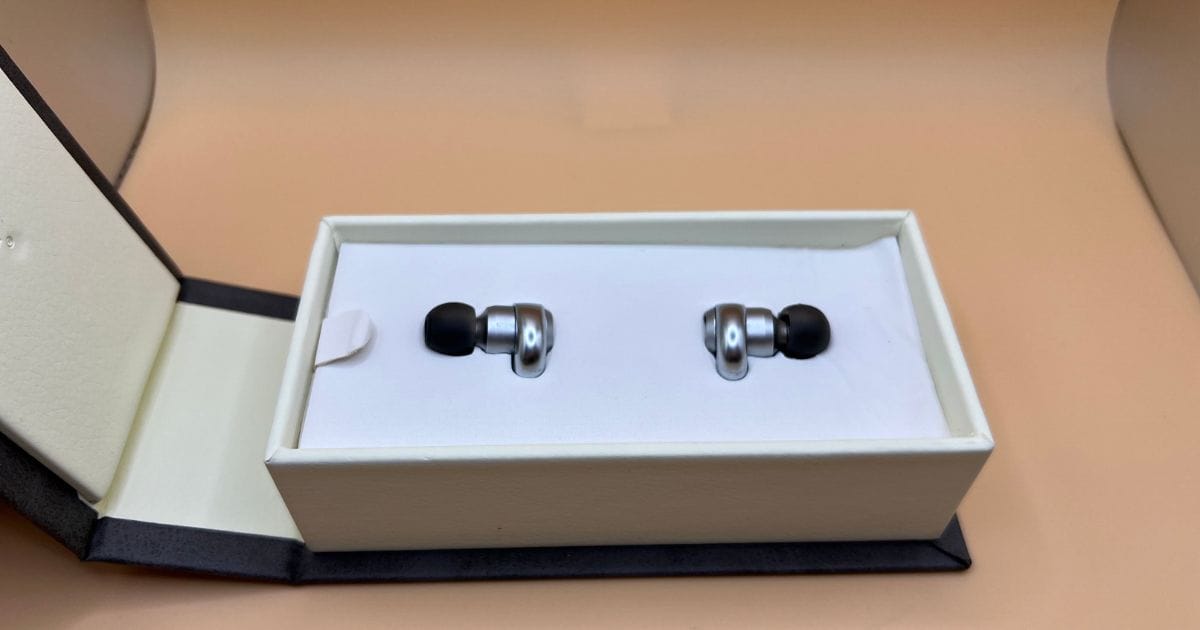
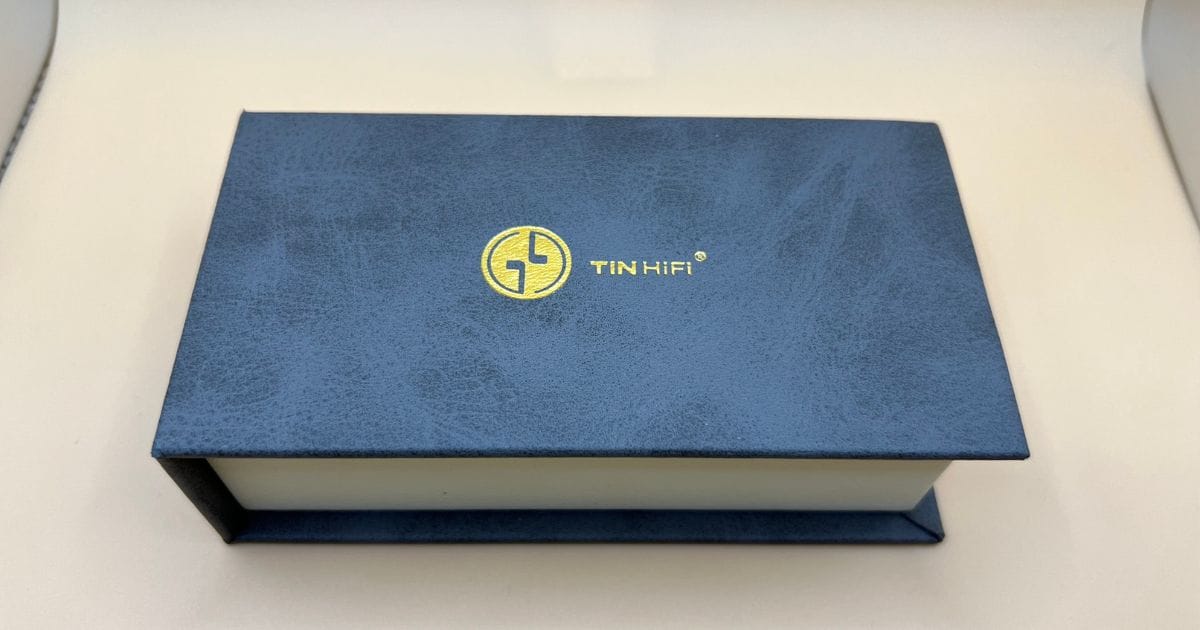
The unboxing experience is fairly good. I like the box that is included here, it has a nice aesthetic to it that is unexpected in a budget unboxing. Since there is no included case, you could technically use the box as a case for the T2 MKIII, although it probably won't be the most practical option.
What's in the Box?

Cable
The cable feels very similar to the one used on the C3 MKII; it's a little tangle-prone as well, but fortunately, the chin slider was more secure on this cable than on the C3 MKII. It does have a rougher, plastic feel to it as opposed to the smoother feeling cables that some IEMs include. The cable feels relatively durable and sturdy, but I wouldn't say the cable is as well-built as the actual IEMs here.
Eartips
There are 7 pairs of included ear tips, 6 of which are silicone with 3 pairs of small, medium, and large in clear gray and back, and 1 pair of medium foam tips. I like it when foam tips are included, as they offer the best isolation for louder environments. The silicone tips are pretty basic here, and get the job done, but aren't anything special.
Build Quality and Design

The T2 MKIII's construction feels very strong. The aluminum alloy shells feel solid in hand, with a smooth, precisely machined finish that catches light beautifully. Unlike cheaper plastic housings that can crack under stress, this metal construction should withstand years of daily use and the inevitable drops that come with portable gear.
The detachable MMCX cable uses high-purity silver-plated oxygen-free copper, ensuring clean signal transmission with minimal resistance. The MMCX connectors feature 360-degree rotation, which theoretically allows you to find the perfect wearing angle. The MMCX ports are tight, sometimes uncomfortably so when trying to swap cables. While this tightness prevents accidental disconnection, it can also make cable changes more difficult.
The standard 3.5mm termination works with virtually any source, from smartphones to dedicated digital audio players. For those with balanced sources, a 4.4mm balanced cable version is available separately, potentially unlocking greater power and sonic headroom with high-end gear.
One notable omission is a carrying case. At this price point, many competitors include at least a basic pouch for protection. While the box the T2 MKIII comes in can technically be used like a case, it's not ideal for use.
Sound Quality
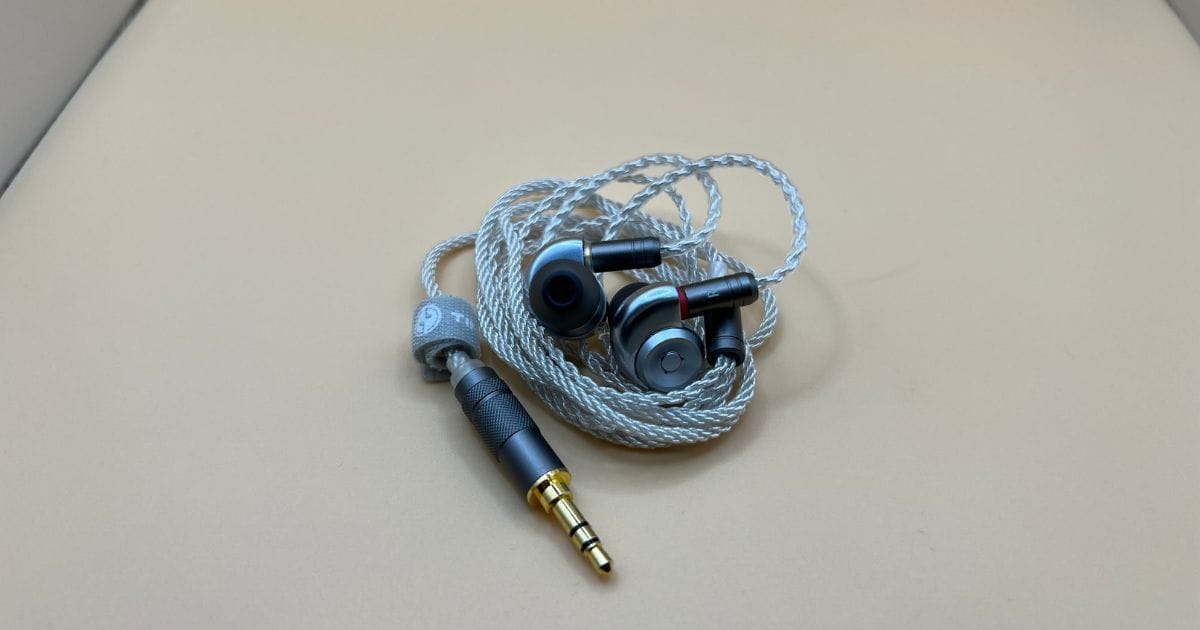
The T2 MKIII varies from the neutral tuning of the original T2, instead having a V-shaped sound signature that focuses on boosted bass and bright-leaning treble with a more musical tuning.
Bass Response
The most significant change in the T2 MKIII is the bass. TinHiFi claims approximately 30% more bass presence compared to the MKII, and this feels accurate. The low end delivers some serious impact and physicality that was missing from previous T2 iterations.
Sub-bass extension is pretty deep-reaching, adding a sense of rumble. Mid-bass punch feels good too, although from listening, the sub bass seems to present a little stronger. Kick drums hit with authority, bass guitars have texture and body, and orchestral low strings maintain their weight and presence.
Midrange
With emphasised treble and bass response, the midrange does feel more relaxed than low and high frequencies, although I wouldn't say it comes across as too veiled or understated. Vocals, particularly female vocals, have good brightness to them from the treble boost and come across as smooth and energetic.
Instruments feel life-like and can be separated well, although sometimes bassier tracks can bleed into the midrange slightly, making some busier tracks feel a little more congested due to the V-shape tuning compared to a more balanced signature.
The tonal accuracy here is noteworthy. While not as clinically neutral as the original T2, the MKIII doesn't impose heavy coloration and most instruments sound natural.
Treble
The treble region extends smoothly with plenty of sparkle and air, maintaining TinHiFi's signature clarity. Cymbals shimmer with realistic decay, hi-hats have crisp definition, and string harmonics ring true. There's sufficient energy in the upper frequencies to create a sense of space and detail. The treble brightness is less forgiving than the C3 MKII, for example, and some tracks with sharper sibilants may be noticeable on the T2 MKIII, although generally harshness is not a problem unless the track is mixed in such a way.
Detail retrieval is impressive. You can hear the reverb tails on vocals, the subtle pick noise on guitar strings, and the breath of wind instruments. While not at the level of much higher-priced IEMs, the T2 MKIII resolves more micro-detail than you'd expect at its price point.
Technical Performance
Timbre The T2 MKIII does well here with timbre, though the V-shaped tuning adds a subtle coloration. Instruments sound mostly natural, with only occasional thinness in certain frequency ranges. This is particularly impressive given the enhanced bass, which often compromises tonal accuracy in budget IEMs.
Soundstage extends slightly beyond the boundaries of your head, creating a moderately spacious presentation. Width is more impressive than height or depth, which is typical for IEMs in this category.
Imaging is well-defined. You can pinpoint instrument positions in the stereo field with good accuracy. In gaming scenarios, directional audio cues come through clearly. This precise imaging stems from the coaxial driver arrangement, which ensures sounds from different frequency ranges remain temporally aligned.
Comfort and Isolation

The T2 MKIII's light weight translates to excellent long-term comfort. Even long listening sessions rarely cause fatigue or discomfort. The rounded shell design conforms to most ear shapes without sharp edges or pressure points. The deep-fit approach creates a stable seal that stays secure during movement, making these suitable for light exercise or commuting.
Isolation is about average; the T2 MKIII has vents to reduce driver heat, which in turn allows some ambient noise to leak in and loses some isolation compared to unvented IEMs.
The MMCX cable's 360-degree rotation helps you find the optimal wearing angle, though as mentioned, swapping cables requires care.
TinHiFi includes a selection of silicone and memory foam ear tips, though the variety isn't as extensive as some competitors offer. The iconic blue foam tips return, a nostalgic touch for longtime fans of the brand. Finding the right tip is crucial with the T2 MKIII, as it significantly affects both comfort and sound quality. The deep-fit design works well once you nail the fit, creating an acoustic seal that enhances bass response and overall tonal balance.
Comparisons
TinHiFi T2 MKIII vs. TinHiFi C3 MKII ($50)
The other model we've tested is the C3 MKII, and it has an overall more balanced sound signature than the T2 MKIII. At around $20 less, the C3 MKII will offer a sound that appeals to people looking for a more neutral sound or treble sensitive listeners who want a more forgiving tuning.
The T2 MKIII has a more energetic and engaging sound with better bass performance and peaks in the treble that add brightness. The T2 MKIII comes with a better cable, similar accessories, and better metal build quality compared to the resin of the C3 MKII.
TinHiFi T2 MKIII vs. 7Hz Salnotes Zero (~ $20-25)
The 7Hz Salnotes Zero has become a phenomenon in the budget IEM space, offering detachable cables and impressive tuning at an almost impossibly low price. It follows a balanced, slightly warm signature that's safe and crowd-pleasing. Build quality is good with metal shells, and it includes more tip variety than the T2 MKIII.
The T2 MKIII responds with superior build materials, lighter weight, and significantly more bass presence. The coaxial driver implementation in the MKIII also provides better phase coherence across frequencies. The Zero sounds great for its price, but the T2 MKIII offers noticeably improved technical performance and a more premium ownership experience.
TinHiFi T2 MKIII vs. Moondrop Aria (~ $79)
The Moondrop Aria has been a benchmark in the sub-$100 category, offering excellent tuning, solid build quality, and a comfortable fit. It follows a warm, slightly bass-enhanced sound signature that's extremely easy to enjoy across all genres. The Aria includes a carrying case and provides slightly better isolation than the T2 MKIII.
In direct comparison, the T2 MKIII offers similar bass quantity but with better control and speed. The Aria sounds slightly warmer and more relaxed, while the T2 MKIII brings more energy and sparkle. Build quality is comparable, with both using premium metal construction. The Aria's slightly higher price brings refinement and consistency, while the T2 MKIII offers a slightly better value.
Final Verdict

The TinHiFi T2 MKIII successfully modernizes a TinHiFi's classic budget IEM without abandoning what made the series special. The enhanced bass response addresses the most common criticism of previous T2 models while maintaining much of the clarity and detail that audiophiles appreciated. It's a more engaging, versatile performer that handles modern music genres with confidence.
At around $70, the T2 MKIII faces intense competition from established performers like the Moondrop Chu, 7Hz Zero, and even its own sibling, the T2 MKII. It justifies its price through premium build materials, refined tuning, and impressive technical performance. The aerospace aluminum construction alone feels more premium than many IEMs costing twice as much.
Listeners who want engaging, fun sound with quality bass response, clear mids, and sparkling highs will find a lot to love. Gamers will appreciate the precise imaging and enhanced low-frequency effects. By listening to user feedback and embracing modern tuning preferences, TinHiFi created an IEM that honors its heritage while moving confidently into the future. It's not perfect, but at its price point, it doesn't need to be—it just needs to sound good and feel premium. On both counts, the T2 MKIII succeeds admirably.
Technical Specifications
- Driver Configuration: Coaxial dual dynamic drivers (10mm bass driver + 6mm mid/treble driver)
- Frequency Response: 12Hz - 40kHz
- Impedance: 16Ω
- Sensitivity: 102dB
- Cable: High-purity silver-plated oxygen-free copper, detachable MMCX
- Cable Length: 1.2m
- Connector: 3.5mm (4.4mm balanced available separately)
- Housing Material: Aerospace-grade aluminum alloy
- Weight: Approximately 5g per earpiece (10g with cable)



